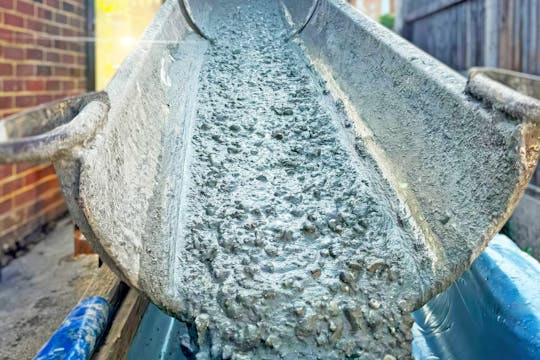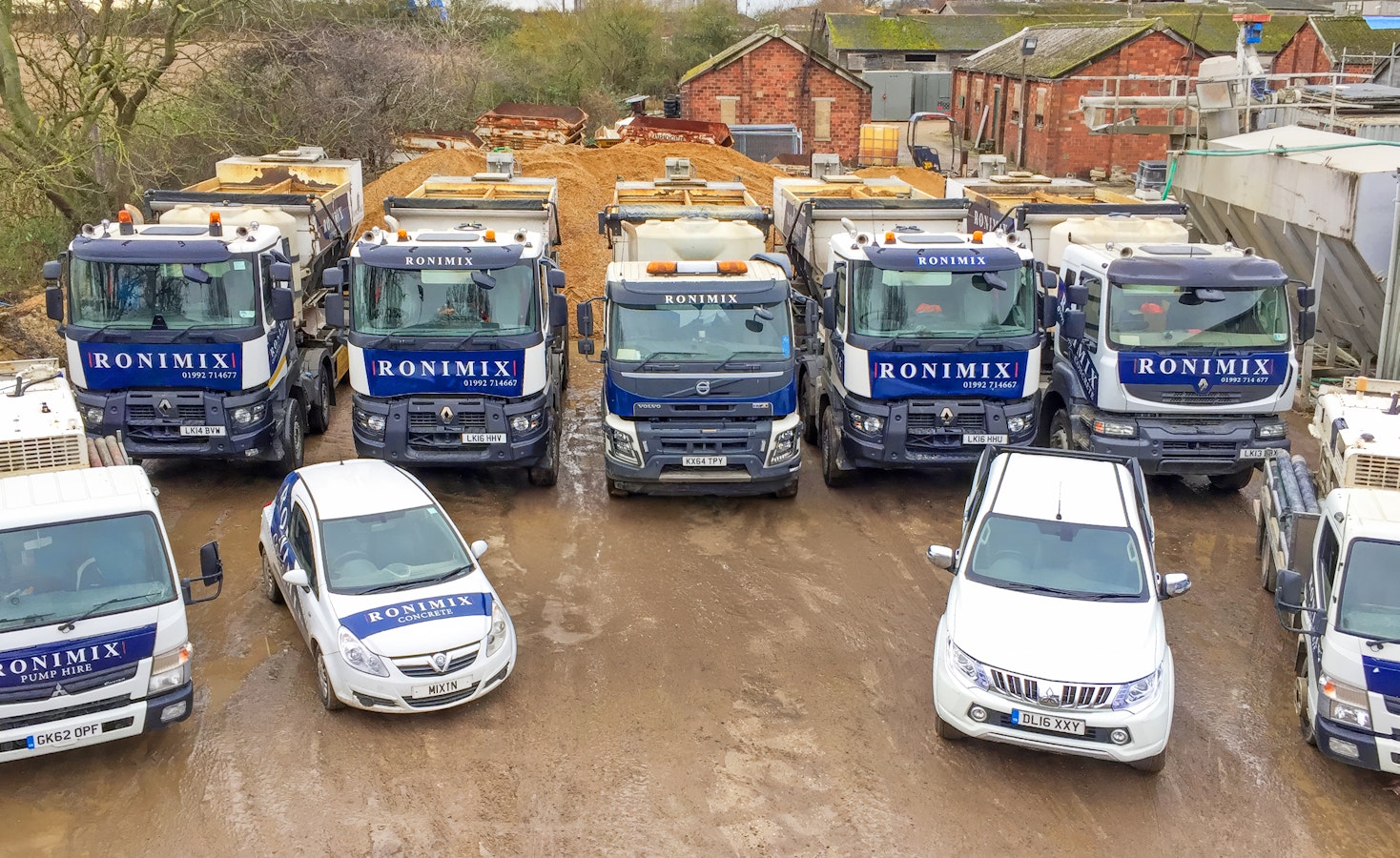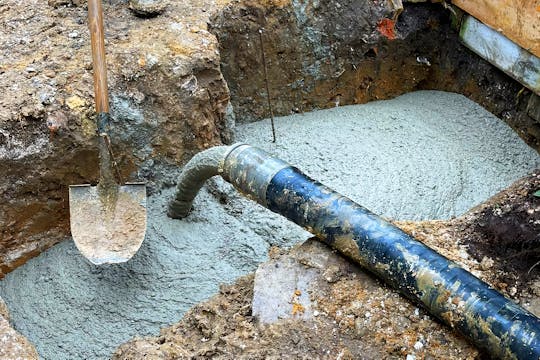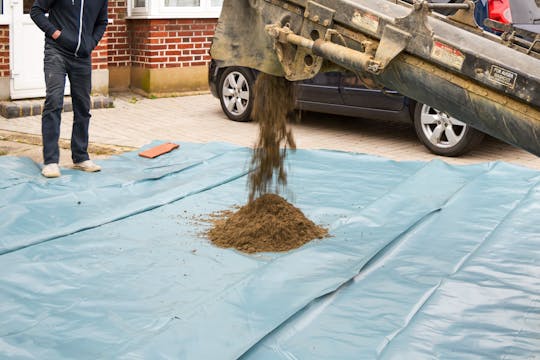
- With quality 20mm virgin mixed ballast
- Only pay for what you use
- Available in strengths GEN2–C40

The premier supplier of concrete, pumps and screed to London and the East for over 16 years.



Same/Next Day Delivery available at no extra charge if we can fit you in – enquire or call now.
Ronimix came to my house last week and delivered my Concrete. They arrived on time and all the staff were polite and helpful. Highly recommend this company.